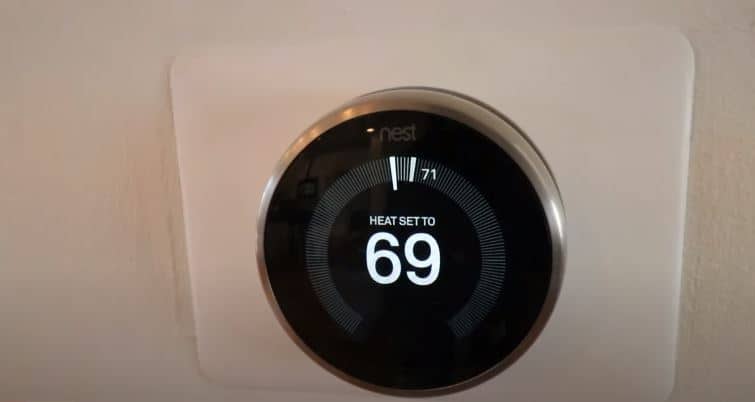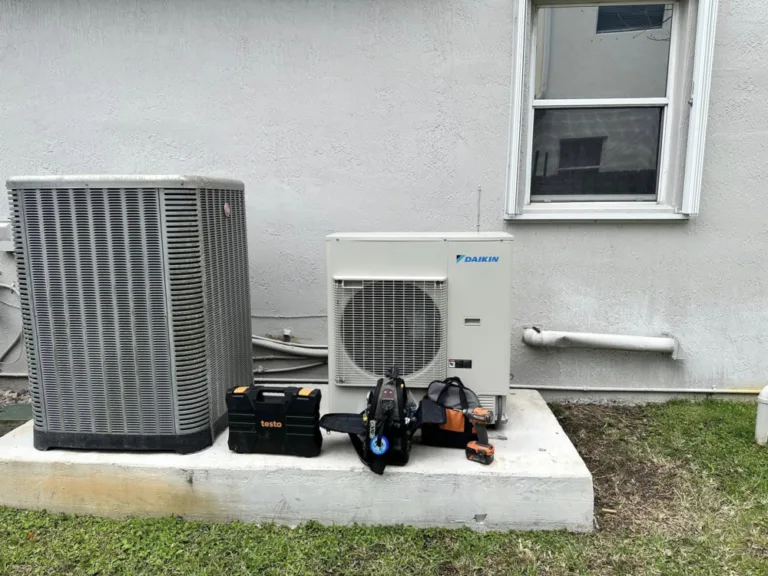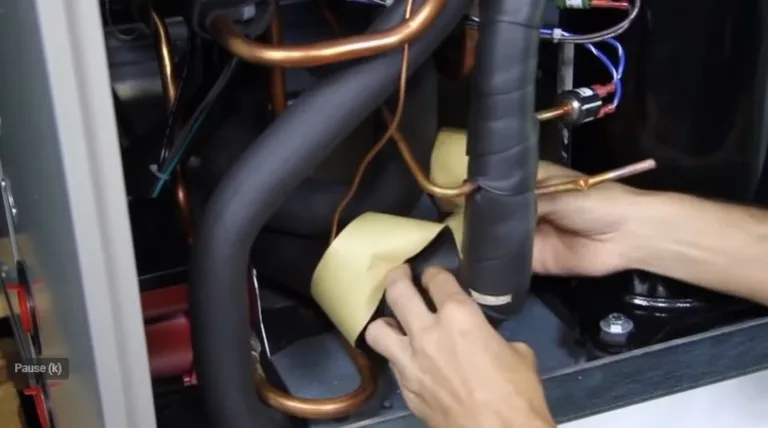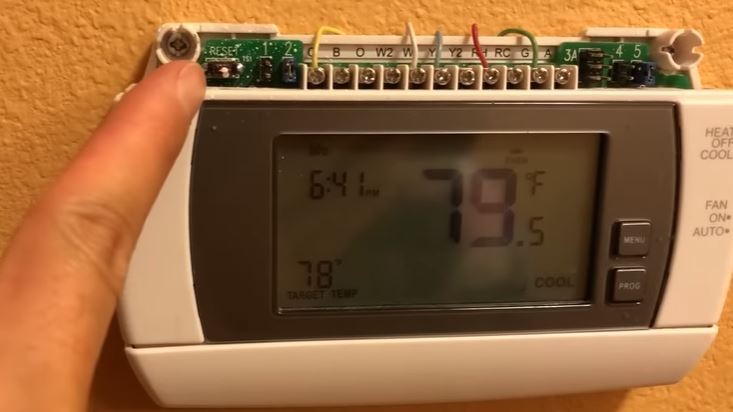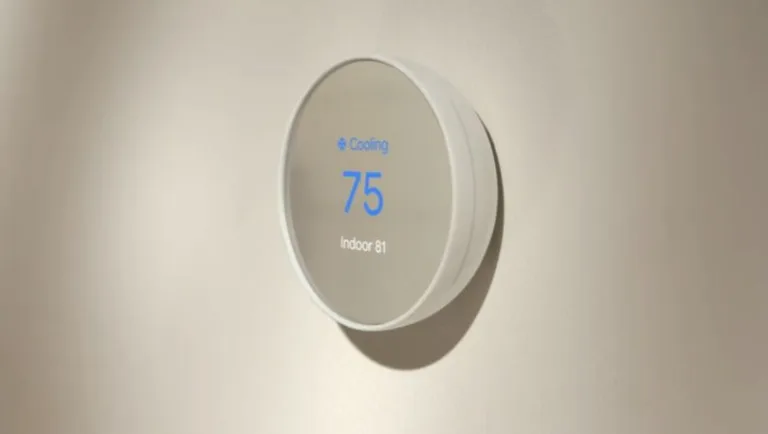Should You Go For Nest Dual Fuel or Single Fuel?
Heating and cooling systems are an important part of many homes and businesses, and choosing the right system can have a significant impact on energy efficiency, cost, and comfort. If you’re considering a new heating system, you may be wondering whether a dual fuel or single fuel system is the best choice for your needs.
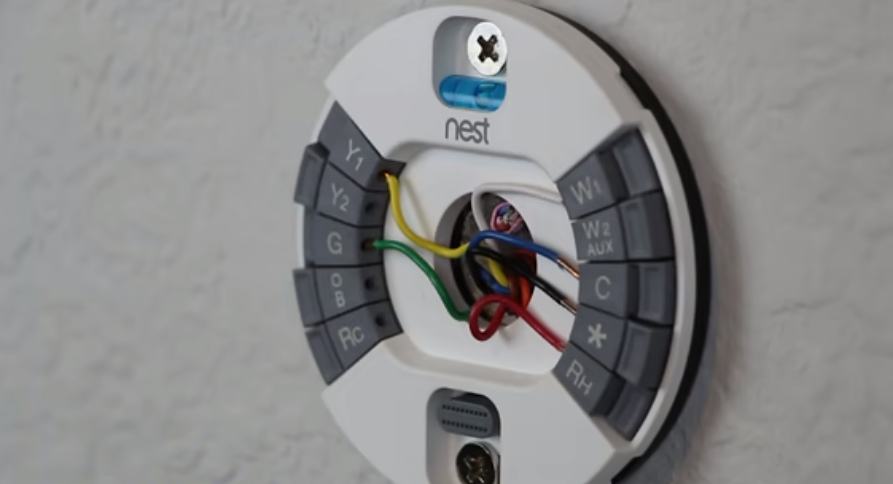
In this guide, we’ll look at what a dual fuel and single fuel heating system is and then we’ll compare and contrast the two to help you understand the key differences between the two systems.
We’ll also look at what type of systems nest thermostat is compatible with and those that it is not compatible with.
What is a single fuel heating system?
A single fuel system is a type of heating system that uses only one type of fuel source, for example electricity only or gas only. Single fuel HVAC systems can either be a furnace using gas or oil as their primary source of fuel or a heat pump using electricity as its primary fuel source.
What is a Dual fuel heating system?
A dual fuel HVAC system is a type of system that uses two fuel sources. This can be a gas furnace( propane or oil), with a heat pump. Dual fuel heating systems alternates between the two fuel sources of heat depending on the most efficient and cost-effective option at the time.For example, your system will use a heat pump as a primary source for heat in moderate cold temperature but will use a gas furnace as back up.in extremely low temperatures.
Comparison between dual fuel and single fuel Heating system
Table 1 below shows some differences and similarities between a dual fuel and single heating system
| Feature | Dual Fuel | Single Fuel |
| Type of fuel | Two types | One Type |
| Efficiency | High | Varies |
| Cost | Moderate to high upfront cost, potentially lower operating costs | Low upfront cost, potentially higher operating costs |
| Maintenance | Moderate | Low |
| Suitability for climate | Can be adapted to a wide range of climates | May be less suitable for extreme temperatures |
Efficiency: The primary benefit of a dual fuel system is increased efficiency and potential cost savings. By using the most efficient fuel for the current conditions, a dual fuel system can save energy and money compared to a single fuel system that is not as flexible.
Cost: Single fuel systems can be less expensive upfront because they only require one type of fuel source and one set of equipment.
Suitability for climates: Single fuel systems may also be less suitable for extreme temperatures, as they may not be able to provide sufficient heating or cooling in extremely low temperature conditions.
When should you use a dual fuel and single fuel HVAC system?
When deciding what you should use between a dual fuel and single fuel system, it’s important to consider your specific needs and budget, as well as factors such as the availability and cost of different types of fuel in your area, the size and layout of your home or business, and the climate where you live.
From my own personal experience, I would advise anyone to consider going to a single fuel system if their regions they live in don’t dont get extremely cold in winter.(at least not less than 30 F)
However on the other hand I would encourage the use of a dual fuel if you live in regions that get really cold in the winter.
That is because a heat pump’s heating output decreases with the drop in temperature and so when temperatures drop below 30 degrees, a heat pump will cease providing you with the needed heat and therefore the furnace will kick in as back up.
How does a dual fuel heat pump work?
A heat pump works as an air conditioner in summer to cool your indoor air and as a heater in winter to heat your indoor air. A heat pump can be an efficient way of heating your home for less than it costs to fire up a furnace.
However, and as earlier stated above, the efficiency of a heat pump will decrease with the decrease in temperature.
That means that in extreme cold temperatures when the temperature drops very low, a secondary back heating such as a gas furnace will kick in to supplement the heating by your heat pump. As long as the temperatures are moderate, a heat pump will provide the necessary heating to your comfort.
How to tell if you have a dual fuel or single fuel heating system.
When you are trying to install a nest thermostat or any other thermostat you might be asked whether or not your system is a dual fuel or single fuel system and it can be a bit confusing for most homeowners.
But here is the trick: if you have a dual fuel system you will usually have an air conditioner with a gas furnace. It is worth noting that Heat a heat pump may have an electrical heater inside also known as heat strips. This is actually a single fuel system with a 2 stage heating.
FAQ
Is a heat pump with auxiliary heat a dual fuel or single fuel heating system?
A heat pump with Auxiliary heat only without a gas furnace is a single fuel system. This is because the whole system is electric. So this type of system is called a 2 stage heating system because it uses the heat pump as the primary source for heating and the strips as supplementary or secondary heating.
What is the average cost of installing a dual fuel heating system?
A dual fuel heating system will typically cost more than a single fuel. So technically speaking, whatever cost you will face for the installation of a single fuel, expect to pay more by the following estimate.
“Gas line installation costs $12 to $25 per linear foot. The cost to run a gas line from an existing connection is $355 to $743, while adding a pipe from the meter is $500 to $2,000. Converting to natural gas or installing a new line from street to house costs $2,000 plus. That is according to Homeguide
Final Thought
That’s all I had for you on the single and dual fuel systems. I must also say that Nest thermostats are compatible with almost all heating systems except for baseboard heaters, unless it is using 24 volts. That said, if you need to wire your Nest thermostat on any of the heating systems, here is a complete guide for the Nest wiring diagrams for various systems
![AC Not Working Thermostat Says Wait [Solved]](https://thermostating.com/wp-content/uploads/2022/12/ac-condenser-unit-768x395.png)
